Fats, carbohydrates, and proteins are macro-nutrients, not food groups. All whole foods, by definition, are a combination of these three macro-nutrients in a form that is minimally processed.
Fats serve to insulate and protect our bodies. They help keep us warm, cushion our interaction with gravity, help metabolize fat soluble vitamins, and assist the conduction of energy through the central nervous system. Carbohydrates fuel our cells. All cells need glycogen to function and the easiest & cleanest way for the body to create glycogen is to convert whole, raw glucose sugar. Proteins repair and regenerate the body’s tissues. Some proteins create structural support and others are involved in bodily movement. Some proteins serve in defense against germs, or are enzymatic or hormonal in function.
If you want your body to perform all these functions efficiently, you must eat a diet of whole-food fats, proteins, and carbohydrates.

The challenge is determining the best food sources for these macro-nutrients. No matter what types of foods you prefer to eat, you will want to take alkaline/acid balance into consideration. A body that maintains its alkaline set-point is going to experience less chronic inflammation which is a common denominator of nearly all diseases.
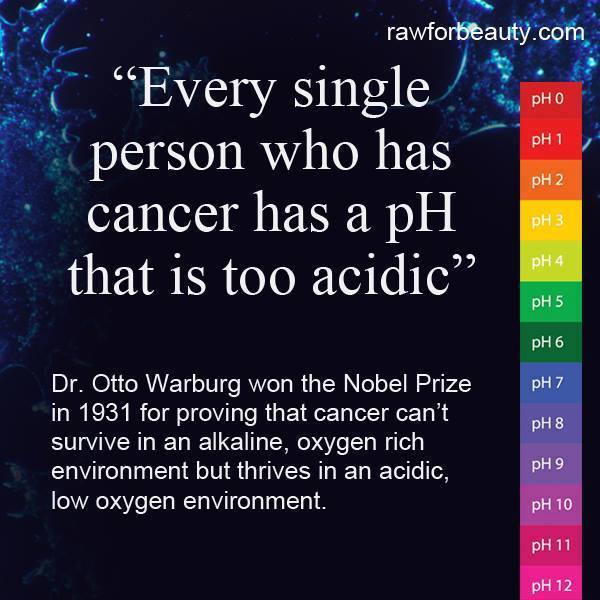
Read more: The Easiest Food Formula to Follow (all about alkalinity & acidity)
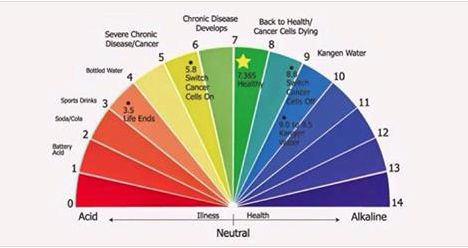
There are many acid/alkaline charts available to you with a simple Google search. They will all vary slightly. Some charts differentiate between cooked and raw whole foods, some don’t, which can make a difference. Not all charts include all foods (because that would be a HUGE chart) but you can summarize food categories by studying generalizations and/or use an app like FoodPH.
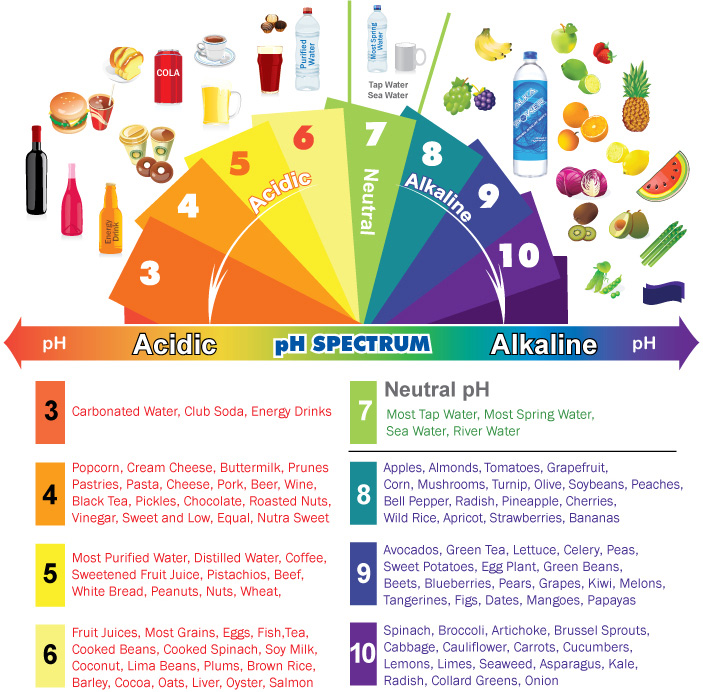
The goal is to eat at least 80% alkalizing foods to maintain your body’s alkaline set-point. This guides us to eliminate all the foods that measure pH 6 or lower including alcohol, caffeine, carbonated drinks, dairy, refined grains, meat, vinegar, chocolate, artificial sweeteners, fruit juice, many nuts, most grains, eggs, most legumes, dried fruit, and most cooked starches.
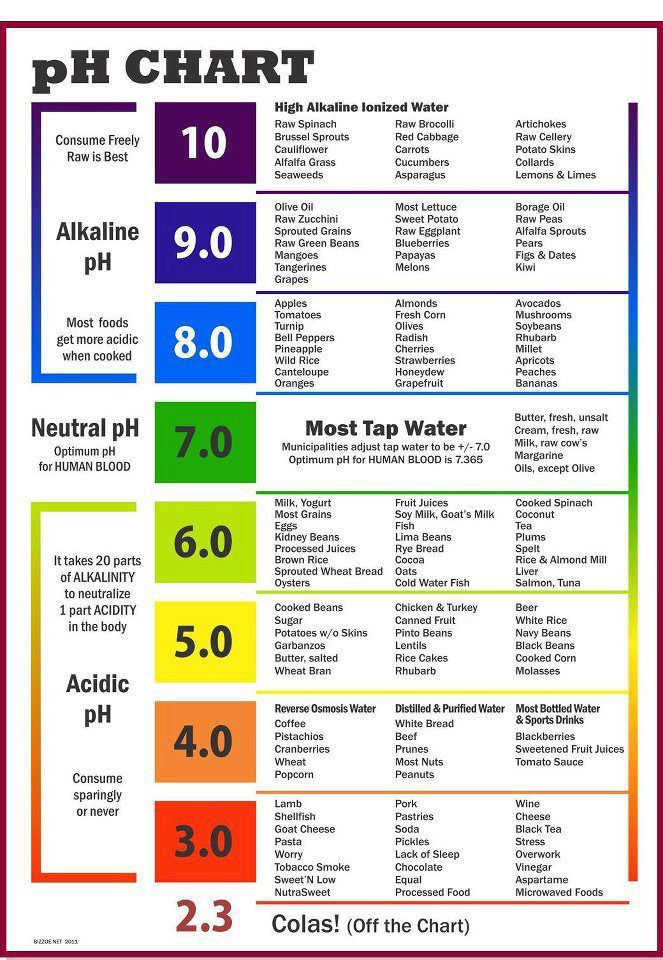
If you’re looking to achieve an intake of at least 80% alkalizing foods, you will need to look toward sweet fruits for carbohydrate intake, fatty whole fruits (like avocado, coconut, nuts, seeds) for fat intake, and vegetables for protein intake though all fruits, vegetables, nuts, and seeds are all a combination of carbohydrates, fats, and proteins.
Daily required calories (minimum 1,200 per person) will come in the form of plant-fats or fruit because vegetables are low in calories. Fat has 9 calories per gram, more than 2 times the number of calories in carbohydrates and protein, which each have 4 calories per gram. If a diet is high in plant-fat for calories, it will need to be low in sweet-fruit because fat and sweet-fruit don’t mix. Ideally the bulk of necessary daily calories will come from sweet-fruit and vegetables and a small amount of beautiful plant-fat because a diet high in fat (of any kind) is generally low in the oxygen-carrying capability of red blood cells.
Dr. Graham explains that “increased fat in the bloodstream requires an increased epinephrine (adrenaline) response in order to drive the pancreas to produce insulin. Following excess stimulation, adrenal exhaustion sets in which is the precursor for many auto-immune diseases.”
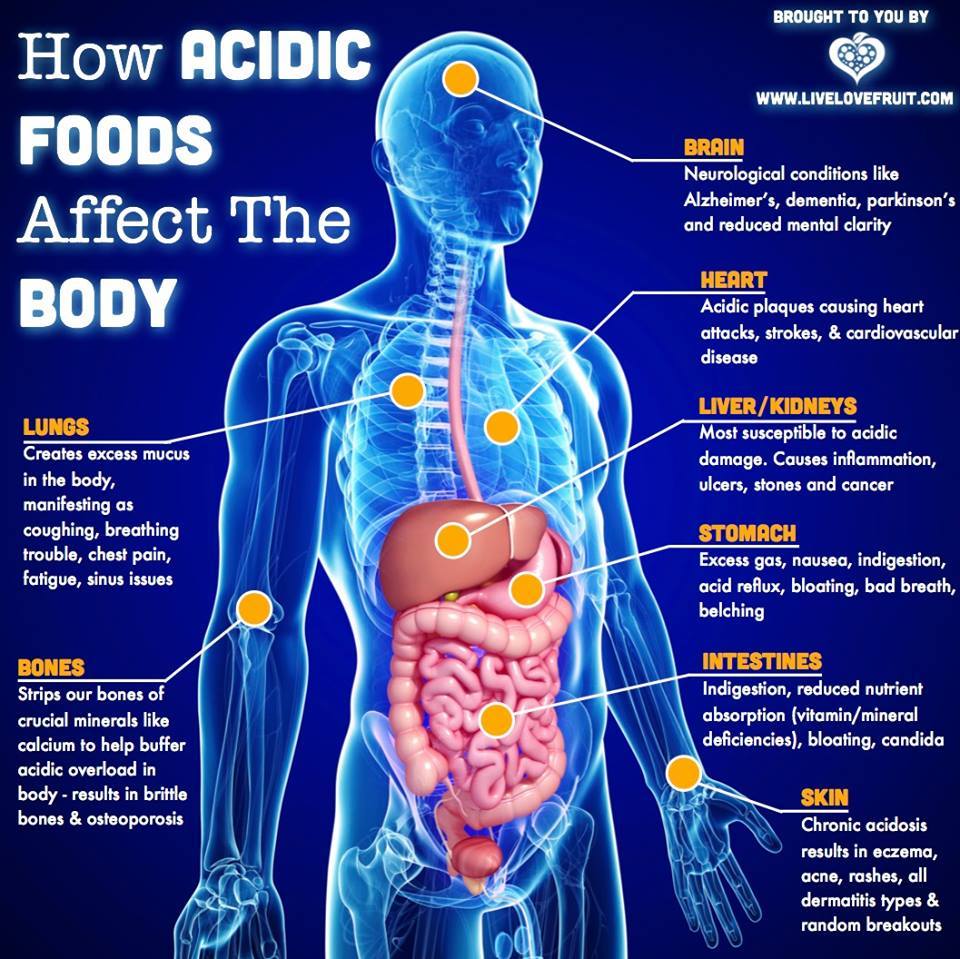
Some people are able to sustain themselves on whole, raw fruit, vegetables, nuts, and seeds. This is fantastic and ideal, however many, not all, of these people live very near the equator (Hawaii, Ecuador, Costa Rica) where temperatures are warm and fruit grows year around. For the rest of us, I have designed Fruit Til Five™ to encourage alkalizing fruit calorie intake during the day, and vegetables-with-mindful-plant-fat-intake at night. During colder months, the consumption of cooked starches (grains, legumes, tubers/roots) are understandable, however these are generally acid-forming and need to be kept to a minimum, if eaten at all.
Read more: Fruit Over Forks Over Knives (why grains and legumes are not ideal human foods)
The building blocks of protein are amino acids and are present in animal and plant foods. However, plant foods are mostly alkalizing making them the superior choice. Vegetables and leafy greens are on average 15-20% protein by calories. (For comparison, fruits are 4-8% protein by calories.) Nuts carry proteins, but primarily a lot of fat. The only way to develop a protein deficiency is to consume isolated oil & refined sugar/grains for a significant period of time. This is actually all too common on a junk/processed vegan diet.
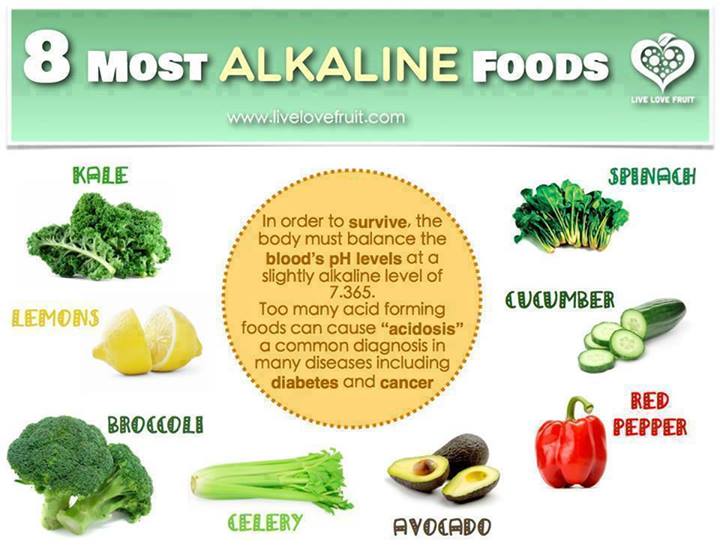
The building blocks of carbohydrates are sugars. The ideal source of dietary sugar for cellular fuel is from whole, raw fruit which provides instant fuel, provided dietary/blood fat is not causing interference. Nuts and seeds carry carbohydrates, but primarily a lot of fat. Non-sweet fruit and vegetables also carry beautiful sugars but not many calories.
| Food | Carbs | Protein | Fat |
| Banana | 93% | 4% | 3% |
| Apple | 95% | 2% | 3% |
| Romaine lettuce | 68% | 17% | 15% |
| Kale | 72% | 16% | 12% |
| Broccoli | 70% | 20% | 10% |
| Avocado | 19% | 4% | 77% |
| Almonds | 14% | 13% | 73% |
| Coconut oil | 0% | 0% | 100% |
| Brown rice | 85% | 8% | 7% |
| Chicken breast | 0% | 80% | 20% |
| Poached egg | 2% | 37% | 61% |
The body can convert proteins, fats, and starches into glycogen for fuel, but it is more energy-demanding and time-inefficient than converting glucose from whole, raw fruit. People who choose to avoid natural, whole sugars often fall into a dangerous state of ketosis which is an emergency, survival state that is not meant to last for long periods of time. Overtime ketosis causes much damage due to the level of stress created in the body.
Many, not all, plant-based athletes incorporate some cooked starches for slower sugar conversion especially for longer training/competition sessions when steady and ample fruit intake is not practical.
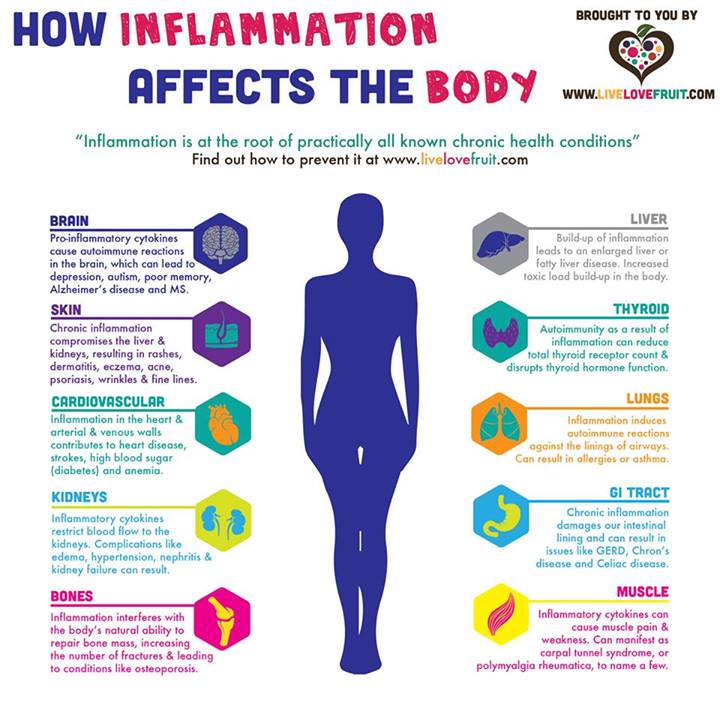
The building blocks of fats are fatty acids. Healthful, whole fats are necessary in the diet for optimal brain & nerve health as well as to keep us warm in cold temperatures and provide our bodies with shock absorption. All fruits and vegetables have fat content, though some more than others like avocado, durian, and coconut. Raw nuts and seeds are very high in beautiful plant-fat. Oils (olive, canola, coconut, etc.) are not ideal sources of fat because the whole food from which the oil has been extracted has also lost its protein and carbohydrate content in the process rendering it no longer a whole food.

Macronutrients are not the only desirable elements in food. As Dr. Fuhrman explains “Food supplies both nutrients and calories (energy). All calories come from only three elements: carbohydrates, fats, and proteins. Micronutrients, on the other hand, are noncaloric food factors, such as vitamins, minerals, fibers, and phytochemicals. These noncaloric nutrients are vitally important for good health. The key to optimizing your health and achieving your ideal body weight is to eat predominantly those foods that have a relatively high proportion of nutrients (noncaloric food factors) to calories (carbohydrates, fats, and proteins).”
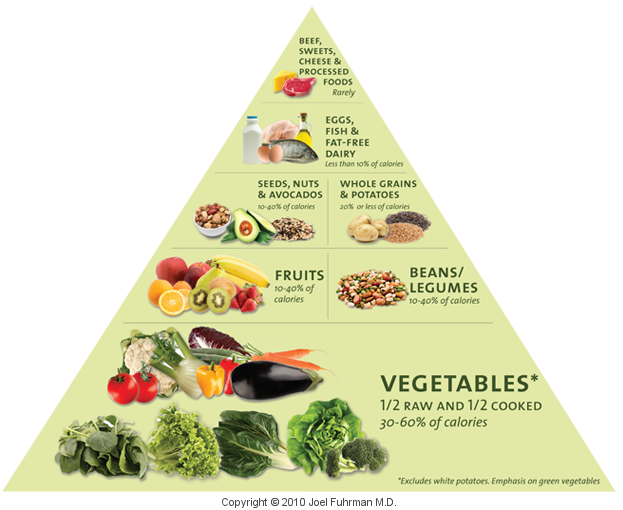
When you cross-reference Dr. Fuhrman’s “Health = Nutrients / Calories (H = N / C)” chart above with an acid/alkaline chart you will see that vegetables, fruits, nuts, and seeds are the optimal foods with cooked starches following. Animal-based foods are not nutrient dense are are very acid-forming making them non-ideal food choices. In fact, most meats (animal flesh) are devoid of carbohydrates which defies the definition of a whole food.
Whole, raw fruits during the day (breakfast and lunch) with vegetables and whole plant-fat in the evening for dinner is ideal. Whole, raw fruits have glucose, fructose, bound water, fiber, and are full of micronutrients creating nutritious food that releases ideal sugar to cleanly fuel human cells. Fruits are the solar power energy of the plant-food world for humans. Vegetables provide many alkalizing minerals not available in fruit.
When eating this ideal way can not be achieved, adding steamed or cooked vegetables and/or cooked starches is your next safest choice. Healthful fat-intake is always a concern either way and needs to be minimized and eaten at the right time of day. These are elements that I teach in Fruit Til Five™. Please feel welcome to join me for the next free session. I’d love to help you learn how to maximize your nutrition while keeping your body in a safe state of alkalinity.
Additional Resources
• The Easiest Food Formula to Follow
• Fruit Over Forks Over Knives
• Can Plant-Based Eating Provide Sufficient Protein?
• Fruit Til Five™: The Healers Diet™ Jumpstart Week

{ 6 comments… read them below or add one }
Haven’t gotten through the whole post yet but bottled and reverse osmosis h2o is a 4?! That’s shocking! Do you know why that is? Here I thought reverse osmosis was a good thing and helped purify water….
Hi Angie, I think because the reverse osmosis process removes the natural salts and alkalizing trace minerals. Here’s some more info: http://en.wikipedia.org/wiki/Reverse_osmosis#Remineralisation_and_pH_adjustment.5B19.5D
Well how do like that! I was thinking of getting one, you just saved me $200-$500!!!
A better water filter would be a Berkey. I’ve considered getting one for our house. http://www.chrisbeatcancer.com/berkey/
Thank you for the awesome tip!!
You are so welcome! Thank you for taking the time to read & comment! xo